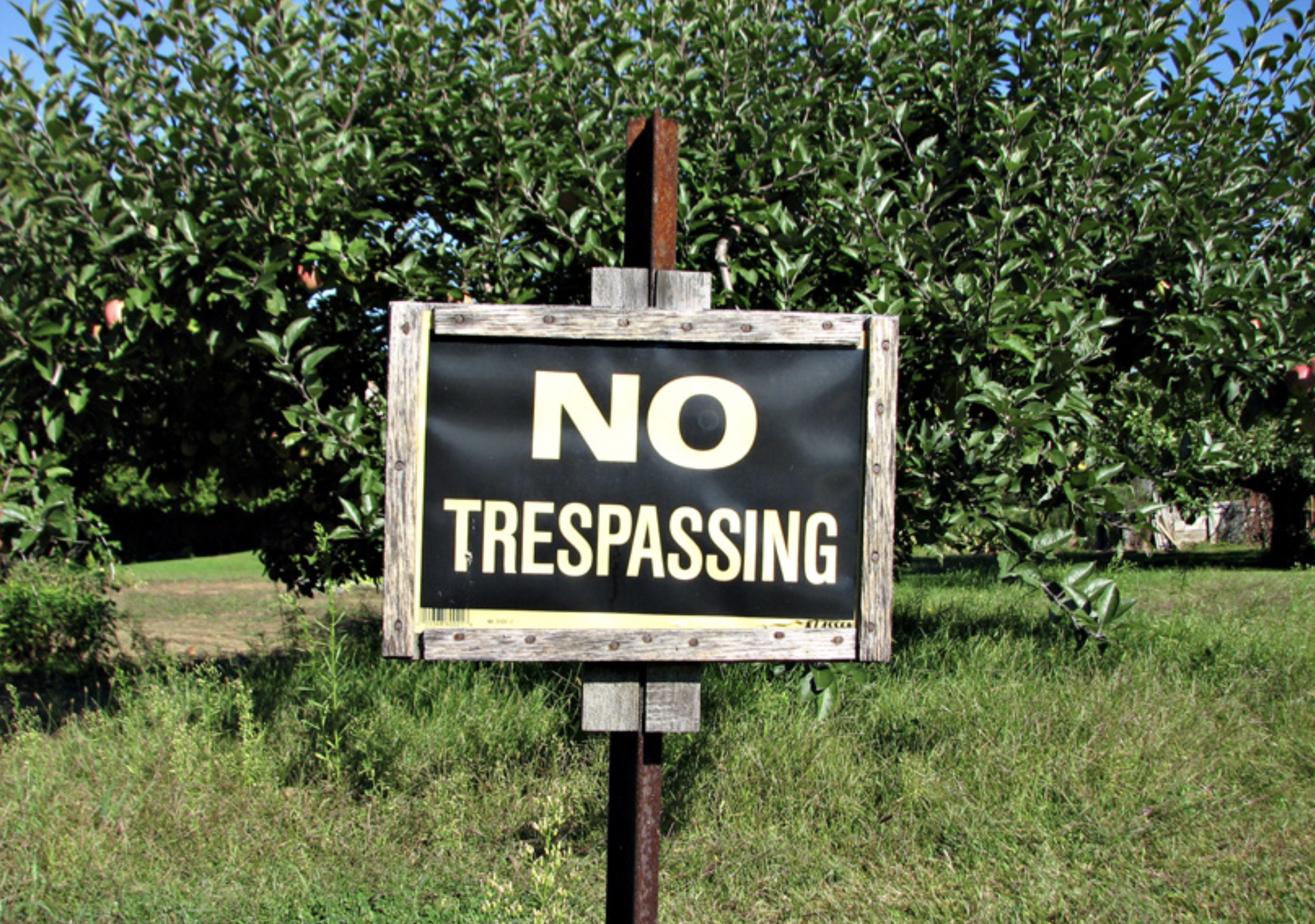What is the Offence of Trespassing in Victoria?
Section 9(1)(e) of the Summary Offences Act 1966 (Vic) makes it a crime for a person to enter a private place without the owner or occupier's consent or for a legitimate purpose. Going into a scheduled public place without permission is also an offence. Such public areas include residential services and treatment facilities, public schools, cemeteries, and mental health services.
This crime is what is popularly referred to as trespass. To prove that a person committed this offence, the prosecution must prove the following elements:
#1. The accused entered a private or scheduled public area s
A ‘private place’ under this section can include a private residence, building site, shopping centre, or retail premises.
On the other hand, Section 3 of the Summary Offences Act 1966 (Vic) defines a scheduled public location as a public place. The exact section defines a public place as including:
-
A garden reserve, park, or any other place open to the public for recreation or resort;
-
A jetty or wharf pier;
-
A railway station platform or carriage;
-
A passenger boat or ship plying for hire;
-
A public vehicle for hire;
-
A Government school or connected areas;
-
A chapel or church open to the public or any other structure where divine service is publicly held;
-
A market;
-
A public hall theatre or room while members of the public are in attendance, or are assembling for or departing from, general entertainment or meeting therein;
-
An auction room or any place while an auction sale is holding;
-
Any licensed or authorised premises within the meaning of the Liquor Control Reform Act 1998 (Vic);
-
A football ground, cricket ground, race-course or any other location while members of the public are present or allowed to have access into with or without payment for admission;
-
An open place to which the public, whether upon or without charge for admittance, have access
-
A place of public resort; and
-
A public highway, road, street, bridge, footway, court alley passage or thoroughfare, whether on private property.
#2. The accused did so intentionally
The prosecution must also show that the defendant entered the scheduled public or private place intending to trespass. This element means that the accused must have known that they had no lawful excuse to enter the property. They must have been aware that they were prohibited from going into the premises. Otherwise, they must have been reckless to this fact.
#3. The defendant had received notice of the prohibition
The accused person must have received verbal or written notice informing them that they were not allowed to enter the premises. This notice could come in the form of a sign displayed outside the property warning unauthorised people to 'keep out.'
Alternatively, a verbal notice by the owner or occupying telling the defendant that they are trespassing also suffices as sufficient notice.
12 pages
If you appreciate our work, please click here to make a donation
